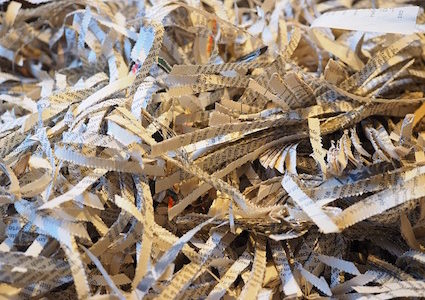Manufacturers often view waste reduction as an expensive, elaborate, or complicated process. Reducing waste in manufacturing typically focuses on eliminating wasted materials or inefficiencies that occur during production. This is where lean manufacturing comes into play. But you don’t have to completely revamp your factory to reduce waste.
You don’t have to be Subaru
Subaru established the first zero-landfill facility in the United States. The Subaru plant in Lafayette, Indiana, occupies 3.5 million square feet of space, recycles 99.6% of its waste, and hasn’t contributed waste to a landfill since May 4, 2004.
The plant accomplishes this by reusing packaging that parts arrive in, melting down and reusing polymers, selling useful waste materials, composting cafeteria waste, and good old fashioned recycling. They incinerate what’s left to produce energy for the factory.
It’s incredible that an automotive assembly plant can operate without contributing a single pound of waste to a land-fill. It’s maybe even more incredible that Subaru accomplished the feat in just two years.
The Lafayette plant is a great example of a company reducing waste in manufacturing, but there are simpler, less drastic ways to help reduce your footprint.
Reduce waste through maintenance and repair.
Subaru’s Lafayette plant is an extreme example of waste reduction. A zero-waste facility is an admirable, but lofty, goal. It’s not something that every business or facility can hope to achieve. Reducing waste in manufacturing isn’t an all or nothing process, however. Even the smallest changes that you make in your business can contribute to reducing waste.
Recycling waste, changing your practices to reduce the amount of waste you produce, or even just encouraging employees to bring water bottles instead of using paper cups can make a difference.
The United States has adopted a throw-away culture. We off-shored production of goods in the name of low prices. We accept that the products that we buy are temporary because they are cheap enough to replace.
Your industrial motion control system isn’t a cheap trinket, however. It’s sophisticated and expensive, and your business depends on it running properly.
Maintaining your Indramat servos, drives, and controls reduces waste by maximizing the lifespan of your machinery. It also maximizes your ROI.
Consider that you can’t just buy a new Indramat servo. Indramat systems are legacy, which means that every single Indramat part that will every exist has been around since 2001. Routine maintenance and repairing your servos eliminates waste and maximizes profit for your business.
Call 479-422-0390 for Indramat service, repair, maintenance, and preventive inspection.



